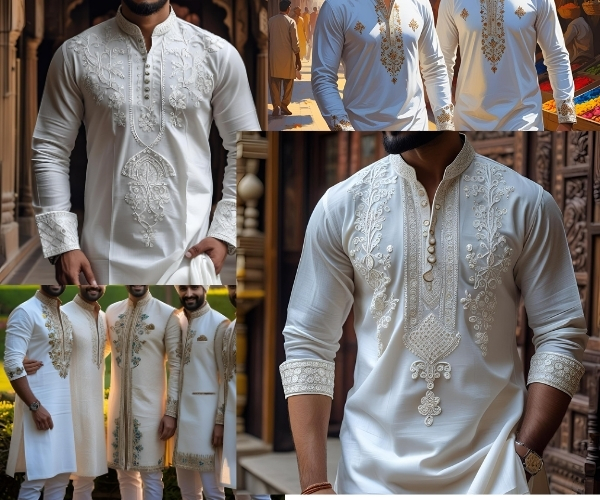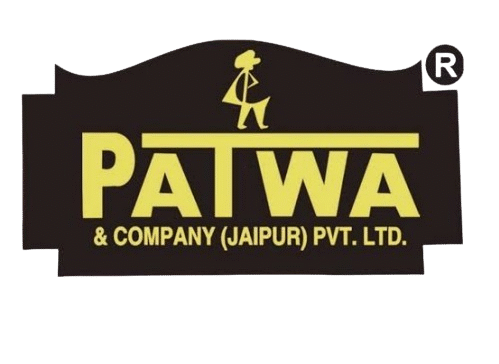The Craft That Turns Thread into Poetry
Introduction
In a world of bold colors and loud fashion, Chikankari stands like a quiet whisper — elegant, detailed, and rooted in centuries of Indian artistry. Originating in the courts of Mughal India, this hand embroidery technique has grown from a royal women’s artform to a sought-after detail in contemporary menswear. At Patwa & Co., we celebrate this delicate craft through thoughtfully made cotton and pastel-toned kurtas for today’s gentleman.

Chikankari
1. The Royal Origins of Chikankari
The word Chikankari comes from the Persian word Chikan, meaning ’embroidery’. It was introduced to India by Empress Noor Jahan, the wife of Mughal Emperor Jahangir, in the 16th century. Traditionally, it was crafted on fine muslin and worn in white-on-white styling by nawabs, poets, and aristocrats.
Even today, it remains deeply tied to the city of Lucknow, known as the global home of Chikankari.
2. Signature Stitches That Define It
What makes Chikankari special is its 36+ hand stitches that create shadows, textures, and floral motifs.
🔸 Tepchi – A basic running stitch used for outlines
🔸 Bakhiya – Shadow work that appears from the back of the fabric
🔸 Phanda – Small dot-like knots resembling pearls
🔸 Murri – Rice-shaped knots for delicate detailing
🔸 Hool – Eyelet stitches forming floral petals
Each stitch is crafted by hand and may take several days to weeks, depending on the complexity.
3. The Modern Revival
While traditionally worn by women, Chikankari has found new meaning in men’s ethnicwear. Designers and labels like Patwa are adapting this technique onto:
- Pastel cotton kurtas
- Semi-formal Nehru jackets
- Churidar sets with subtle yoke detailing
It’s no longer reserved for weddings alone — today’s men wear Chikankari at festive brunches, Sufi nights, Haldi functions, and even casual Fridays at the office.
4. How Patwa Does It Differently
At Patwa, we preserve the soul of Chikankari while giving it a breathable, wearable form. Our Chikankari Kurtas are made from high-quality cotton or cotton-silk blends — designed for modern fits but hand-finished in Jaipur with inspiration from Lucknowi techniques.
Features:
- Lightweight, skin-friendly fabrics
- Minimal designs in ivory, mint, blush, and beige
- Perfect for both formal and laid-back events
You’ll find hand embroidery along the collar, placket, cuffs — not overwhelming, just tastefully done.
5. Care Tips for Chikankari Pieces
Because of its delicate handwork, Chikankari requires extra care:
- Hand-wash gently or use a mild detergent on the gentle cycle
- Always air-dry in the shade
- Steam iron inside-out to avoid damaging the embroidery
Treat it like a piece of living art — and it will last you years.
FAQs
Q: Is Chikankari only made in white?
A: Traditionally yes, but today it’s available in soft pastels and even subtle colored threadwork for a modern look.
Q: How long does one kurta take to finish?
A: A hand-embroidered Chikankari kurta may take anywhere from 3 to 10 days, depending on stitch density and fabric type.
Q: Can men wear Chikankari casually?
A: Absolutely. Pair a Chikankari kurta with jeans or cotton pyjamas for an elegant casual look.
